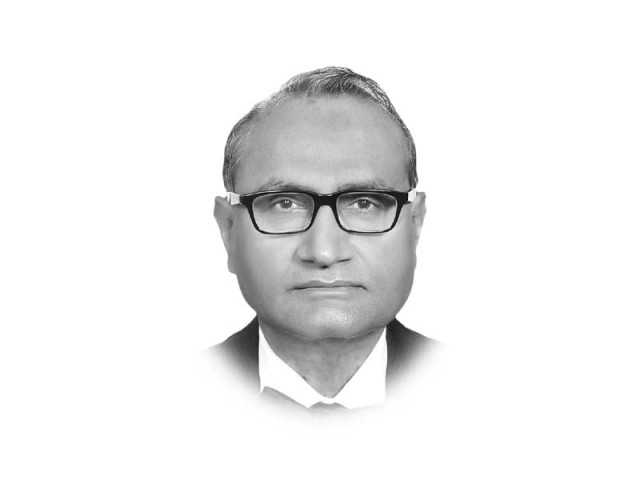Education spending in AJK
The development budget allocates 65 per cent to elementary and secondary education, which is an appropriate balance

pervez.tahir@tribune.com.pk
In the total budget of Rs94.4 billion for 2017-18 presented to the assembly, the share of development was 25 per cent. The share of education in the development budget was Rs1.7 billion, or the fifth largest with a share of 7.3 per cent. However, this amount is nearly twice the amount of Rs852 million actually spent in 2015-16. Even the revised estimate for 2016-17 was Rs943 million. Whether a jump of 88 per cent in 2017-18 can be effectively utilised is open to question. This massive increase in a single year was more an outcome of a sudden political announcement of doubling the total development budget of AJK in a single year and not the result of a concrete programme to boost education. Some quick fix targets mostly include the completion and repair of middle and high school buildings, besides restoring 277 buildings affected by the floods of 2010. In the case of higher education, there is a welcome emphasis on college education, but the enhanced allocation seems to have encouraged a wholesale buying of land for proposed universities, sub-campuses of existing universities and 17 odd colleges. Security arrangements for educational institutions are another big expense. In addition, projects related to medical colleges in Muzaffarabad and Mirpur, and the Poonch University and Women’s university in Bagh form part of the federal public spending development programme.
This is not to say that education is not a priority. In the recurring budget, education got the highest allocation of Rs22.6 billion, or 31.8 per cent. It was 8.7 per cent higher than the revised estimate of 2016-17 and 13.6 per cent higher than the previous budget estimate. Together, the development and current budget receive 25.7 per cent of the total budget, making education the largest claimant on the AJK’s budget. What is problematic is that a doubling of the development spending is not matched by a reasonable increase in the current budget. A number of reforms have been committed in the budget speech. First, merit is to be observed in teacher recruitment by enforcing National Testing Service. Secondly, priority is to be given to meet the staff demand in existing educational institutions. Thirdly, biometric system is being introduced in the 10 districts of AJK to ensure staff attendance. Fourthly, the Kashmir Education Assessment Authority will be set up to promote conceptual learning and quality enhancement cells will be set up in the universities.
The development budget allocates 65 per cent to elementary and secondary education, which is an appropriate balance. Similarly, the total education budget displays a respectable gender balance budget in elementary and secondary education. There should be no surprise then that the officially stated numbers show a literacy rate of 74 per cent, primary enrollment rate of 98 per cent for boys and 90 per cent for girls. The percentage of out-of-school children is in a single digit. A precisely 100 per cent coverage is never possible, but the AJK has the opportunity to move closer to this ideal. The doubling of the development budget this year provided a chance to at least remove the gender gap in enrollment. Sadly, the priority was infrastructure, production and social sector — in that order.
Published in The Express Tribune, July 28th, 2017.
Like Opinion & Editorial on Facebook, follow @ETOpEd on Twitter to receive all updates on all our daily pieces.
















COMMENTS
Comments are moderated and generally will be posted if they are on-topic and not abusive.
For more information, please see our Comments FAQ